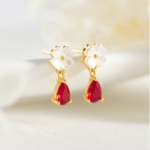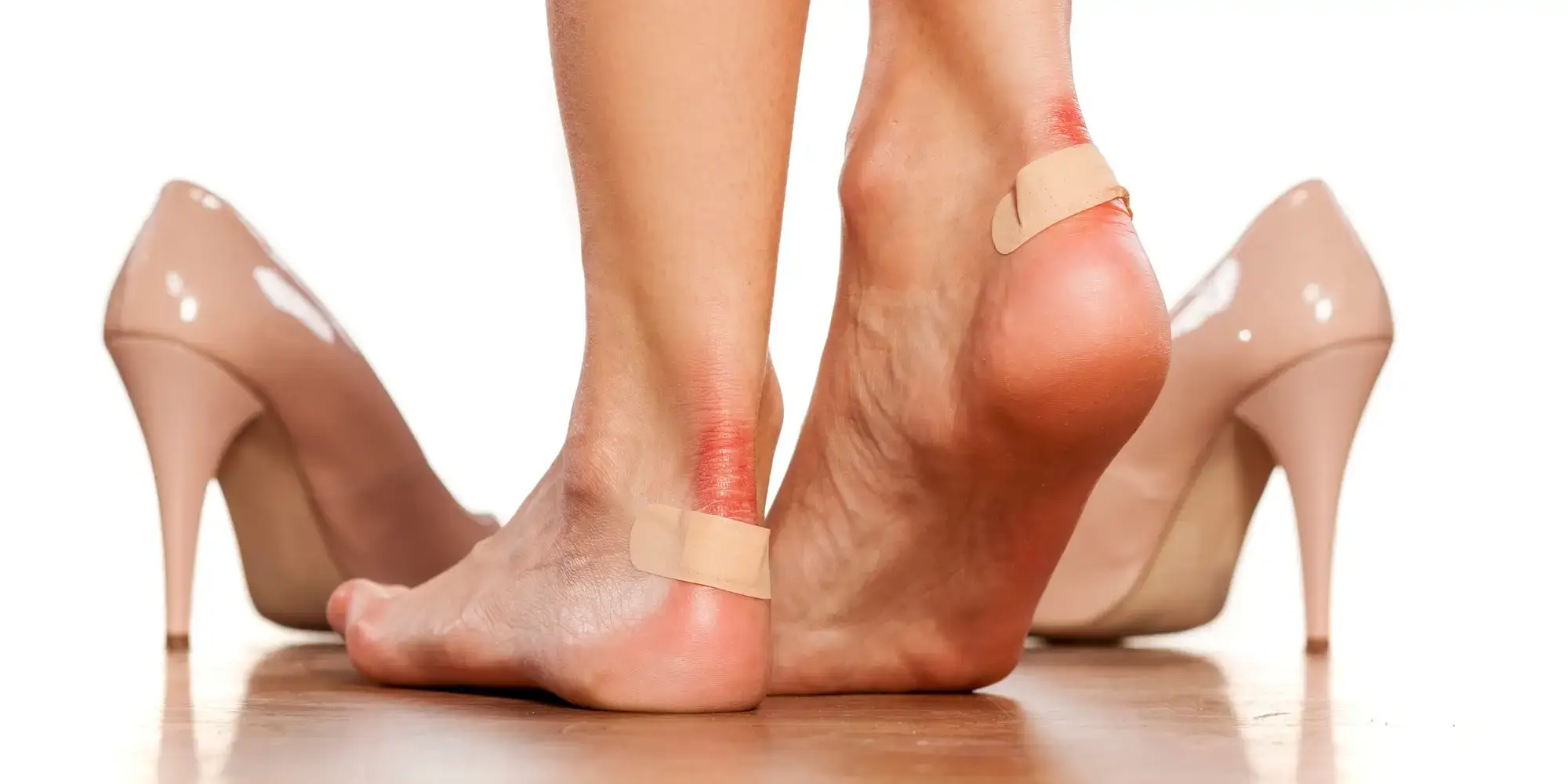Have you ever noticed a small, rough growth on your skin and wondered, “Is this a wart?” You’re not alone! Many people struggle to identify warts on their skin, leading to unnecessary worries or delayed treatment. Warts on Skin caused by a viral infection in the top layer of the skin. They are usually harmless but can be bothersome and unsightly.
Identifying warts is the first step towards treating them. In this comprehensive guide, we’ll walk you through the various types of warts, how to distinguish them from other skin conditions, and the steps you can take to confirm their presence. By the end of this guide, you’ll be equipped with the knowledge to identify warts on your skin confidently and understand when to seek professional help. So, let’s dive in and demystify the process of recognizing these pesky skin growths!
Understanding Warts
Warts are more than just unsightly skin growths; they are the result of an infection by the human papillomavirus (HPV). This virus triggers extra cell growth, which makes the outer layer of skin thick and hard in that spot. While warts are most commonly found on the fingers, hands, knees, and elbows, they can actually appear anywhere on the body.
Types of Warts
There are several types of warts, each with its unique appearance and typical locations on the body:
- Common Warts: These usually appear on the hands, especially around the nails and on the fingers. They are rough, round, and grayish-brown in color.
- Plantar Warts: Found on the soles of the feet, these warts can be quite painful. They are hard and sometimes have black dots on them, often called “wart seeds” but are actually clotted blood vessels.
- Flat Warts: Smaller and smoother than other types, these warts appear on the face, thighs, or arms. They tend to grow in large numbers – sometimes 20 or more at a time.
- Filiform Warts: These have a finger-like shape, are usually flesh-colored, and often grow on or around the mouth, eyes, or nose.
- Periungual Warts: Located under and around the toenails and fingernails, these warts can affect nail growth.
How Warts Spread?
Warts are contagious. They can spread from person to person or from one part of the body to another through direct contact with the wart or something that touched the wart, like towels or bath mats. The risk of catching a wart increases if the skin is cut or damaged in some way.
Symptoms of Warts
While warts are generally painless, they can be bothersome depending on their location. Symptoms include:
- Changes in the skin’s texture or color
- Rough to the touch
- Pain or discomfort when pressure is applied (especially plantar warts)
- Any growth that interrupts the normal lines and ridges in the skin
For more detailed insights into identifying warts, you can explore the full guide on what do warts look like, which offers comprehensive information on this topic. This guide will help you understand the various types and appearances of warts, ensuring you’re well-equipped to deal with these skin conditions.
How to Identify Warts
Identifying warts on your skin can be tricky, but with the right knowledge and a bit of observation, you can learn to spot them easily. Here are some steps and tips to help you identify warts and distinguish them from other common skin issues like moles or skin tags.
Step-by-Step Guide to Identifying Warts
- Check the Location: Warts can appear almost anywhere on the body but are most commonly found on the hands, feet, knees, and elbows. The location can often give a clue as to the type of wart.
- Observe the Shape and Surface Texture: Warts typically have a rough, grainy texture and may be raised from the skin surface. The common wart is usually round or oval.
- Look for Clues Underneath: Plantar warts on the feet may have black dots; these are clotted blood vessels, not “seeds” as commonly thought.
- Feel the Surface: Warts are usually firm to the touch. If you press a wart, it may feel slightly tender or cause discomfort, especially if it’s on the sole of the foot (plantar wart).
- Note the Color: Warts are generally the same color as your skin, but they can also be darker. Common warts are often grayish-brown, while plantar warts may appear light brown with a black center.
- Assess the Number: Warts often come in groups. If you see multiple growths in one area, they are likely warts.
- Compare with Other Skin Growths: Unlike moles, warts do not have hair growing out of them and will disrupt the skin’s normal lines and ridges. Skin tags are softer and hang off the skin, unlike the firmer, rougher texture of warts.
Tips for Identification
- Use a Magnifying Glass: This can help you see the finer details of the wart, like the rough texture and any black dots.
- Consult with a Dermatologist: If you’re unsure whether a growth is a wart, a dermatologist can diagnose it. They might use a dermatoscope to get a closer look at the skin.
- Notice Any Changes: If a skin growth changes in size, color, or shape, it’s important to get it checked out, as these can be signs of other skin conditions.
Home Examination Techniques
While a visit to the dermatologist is the best way to get a definitive diagnosis, there are several techniques you can use at home to examine suspicious skin growths and get a better idea if they might be warts. Here’s how you can conduct a thorough examination in the comfort of your home.
When to See a Doctor
If you’re still unsure after your home examination, or if you notice any of the following, it’s time to consult a professional:
- The growth changes rapidly in size, shape, or color.
- You experience significant pain or discomfort.
- The growth bleeds or shows signs of infection like redness or pus.
- You have a weakened immune system or existing health conditions that could complicate self-treatment.
Prevention and Early Detection
Preventing warts and catching them early when they do appear are key strategies in managing these common skin issues without letting them become a nuisance. By adopting some straightforward habits, you can significantly reduce your risk of developing warts and ensure that any that do appear are treated promptly.
Effective Prevention Strategies
- Avoid Direct Contact with Warts: This includes your own or someone else’s warts. Do not touch, scratch, or pick at warts, as this can spread the virus to other parts of your body or to other people.
- Keep Your Skin Clean and Dry: HPV thrives in moist environments. Keep your skin clean and dry to prevent the virus from taking hold. This is particularly important for the feet, where plantar warts are common.
- Use Barrier Protection in Common Areas: Wear flip-flops or pool shoes in public showers, locker rooms, and around public pools. This will help protect your feet from contact with surfaces that may be contaminated with the virus.
- Don’t Share Personal Items: Avoid sharing towels, shoes, socks, razors, or other personal items that can carry the virus from one person to another.
- Strengthen Your Immune System: A strong immune system can fight off the HPV virus before it causes warts. Maintain a healthy lifestyle with a balanced diet, regular exercise, and sufficient sleep.
Early Detection Tips
- Regular Skin Checks: Make it a habit to check your skin regularly, especially the parts that are prone to warts, like the hands and feet. The sooner you identify a wart, the easier it is to treat.
- Know What to Look For: Familiarize yourself with the appearance of different types of warts so you can identify them early. Remember, warts are usually grainy, rough, and have a rounded top. Plantar warts may have a small black dot.
- Monitor High-Contact Areas: If you frequently use communal showers or pools, or if you play contact sports, be extra vigilant about checking these areas for warts.
- Respond to Early Signs: If you notice changes in your skin or feel tenderness in a specific area, don’t wait. Treating warts early can prevent them from growing and spreading.
- Educate Family Members: Share this information with your family, especially if you have children. Kids are more prone to warts due to their still-developing immune systems.
Linking Early Detection to Treatment
Detecting warts early is half the battle. Once you’ve identified a potential wart, here are a few steps you can take:
- Consult with a Dermatologist Promptly: If you’re unsure whether a growth is a wart, a quick visit to the dermatologist can give you peace of mind and a proper diagnosis.
- Begin Home Treatment: For common warts, start with over-the-counter solutions like salicylic acid or freezing sprays. But remember, if the wart is on a sensitive area like the face or genitals, seek professional advice first.
- Keep the Area Clean: Wash the area with mild soap and water daily to keep it clean and prevent further infection.
Conclusion
In conclusion, understanding how to identify and prevent warts is key to maintaining healthy skin. By following the home examination techniques and prevention strategies outlined in this guide, you can effectively manage these common skin growths. Remember, early detection and prompt treatment are crucial. If you’re ever in doubt, don’t hesitate to consult a dermatologist to ensure you’re taking the best possible care of your skin.





